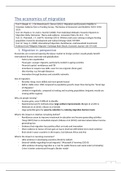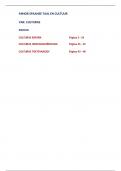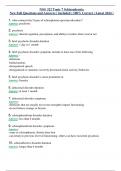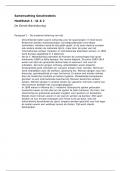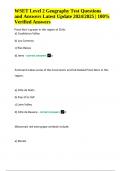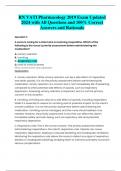Samenvatting
Summary UA Migration and Trade (International economics and international economic organizations deel 2)
- Instelling
- Universiteit Antwerpen (UA)
Inclusief examenvragen januari 2020 Samenvatting van slides, notities (en enkele verplichte teksten) van het vak "international economics and international economic organizations" deel over Migration and Trade (gedoceerd door Prof. Maystadt)
[Meer zien]
